17. Us (2019)
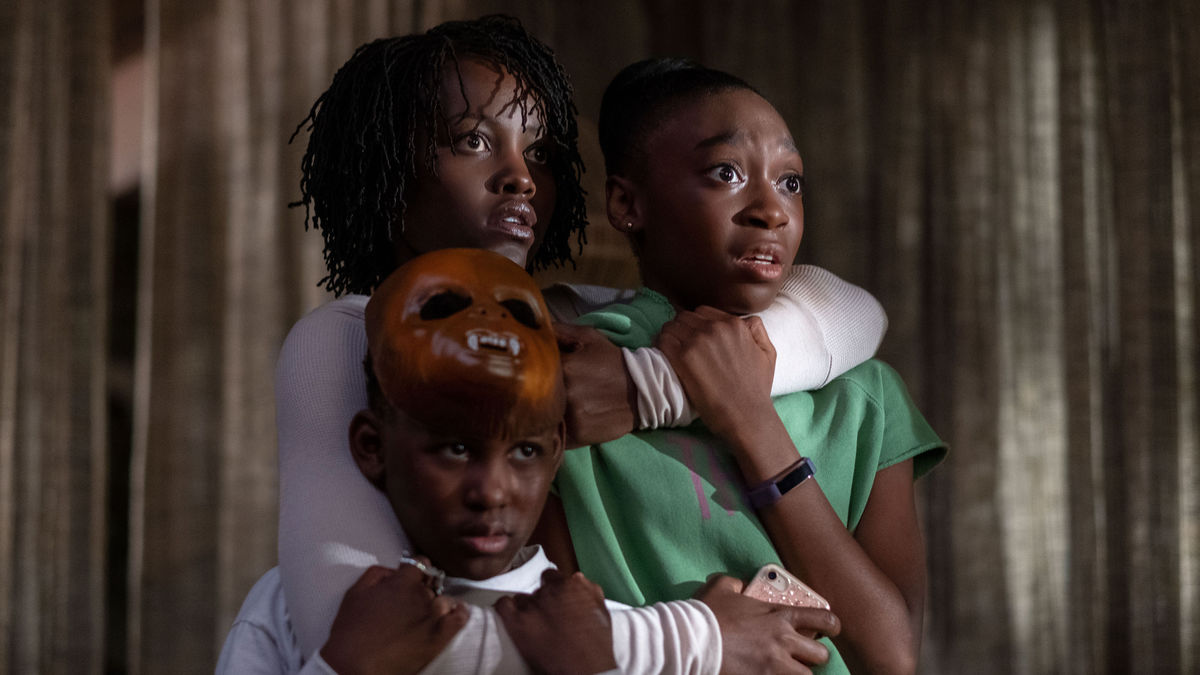
Creepy, funny, and absolutely thrilling, Jordan Peele’s Us stars a riveting Lupita Nyong’o as Adelaide Wilson, a woman recovering from a childhood trauma who retreats with her husband (Winston Duke) and two kids to the beachfront home where she grew up.
Adelaide becomes increasingly concerned by odd coincidences and strange omens as her darkest fears actualize when four shadow-obscured strangers descend upon their home, instigating the Wilsons into a fight-or-flight struggle.
And what’s even odder is that the strangers appear to be the Wilsons’ doppelgängers, and before you can say “dead ringers” shit gets shockingly real.
An artful exploitation picture, Us is also interested in exploring the history of oppression in America, and while it plays with pop culture, Peele trots out a vibrant discussion on class, privilege, and race, that you didn’t even realize you were having until you pull back from it in absolute awe.
16. Trouble Every Day (2001)
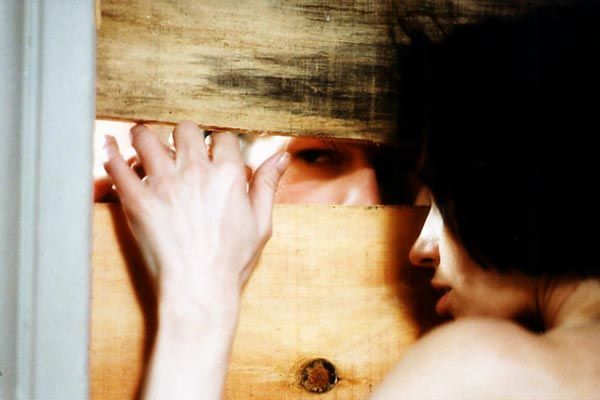
Few filmmakers can connect sexual craving and appetite with that for human flesh as brazenly and slyly as Claire Denis does with this sparkling gem of the New French Extremity, her transgressive 2001 masterpiece, Trouble Every Day. As controversial as it is genuinely and artfully atmospheric, Denis delights in devouring recognizable horror movie motifs with a formative hunger.
Two disparate storylines slowly intertwine in Trouble Every Day, one involving Shane (Vincent Gallo) and June (Tricia Vessey), American newlyweds honeymooning in La Ville -Lumière, the other involving Léo, a doctor (Alex Descas) and his ravishing wife, Coré (Béatrice Dalle). Coré, it seems, has a vampiric bloodlust and a raging libido that makes her sexual hunger for human flesh completely indivisible. Is a similar fate befalling Shane? How are these four lost souls’ paths enmeshed? The answers will astonish the viewer in what Film Comment’s Max Nelson describes as “the kind of public self-exorcism a director can only get away with once in a career.”
15. Hereditary (2018)
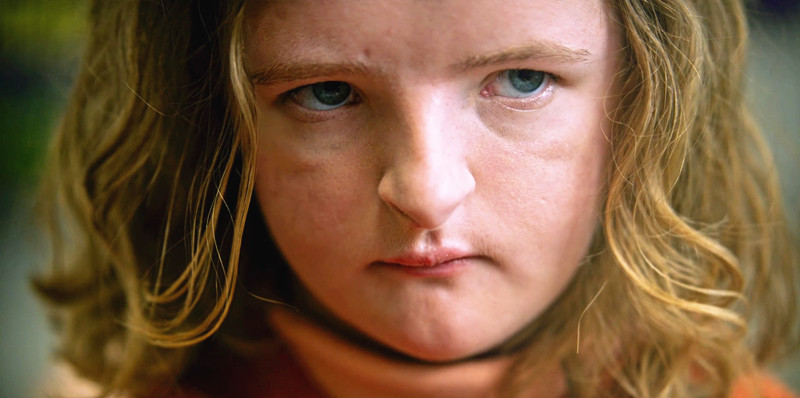
As prestige horror, writer-director Ari Aster makes a stirring and unforgettable debut with Hereditary, which also makes for one of the most discomfiting portrayals of family dysfunction you’re likely to ever see.
After the death of her reclusive grandmother, Annie Graham (Toni Collette) starts to see her family unravel as their mysterious past meshes with their chaotic and ever-fracturing present. Aster offers an unpredictable horror film that begins like a familiar haunted house movie before spiralling into the underworld; a vision so bleak, bloody, and compelling that horror fans will be pumping their fists, when not cowering behind their popcorn, of course.
Shot with a meditative pace, one punctuated with deliberate camera movements and several, standout long takes, not to mention an absolutely chilling score from Colin Stetson, Hereditary builds and builds to the kind of Grand Guignol go-for-broke climax fright fans often ask for but so rarely receive. Not only does this film deliver genuine chills and thrills, it’s all done in a languid, artful measure that will have you crawling out of the theater afterwards in an awed daze. It’s the real deal and you’ll probably never look at dioramas the same way ever again.
14. In Fabric (2019)
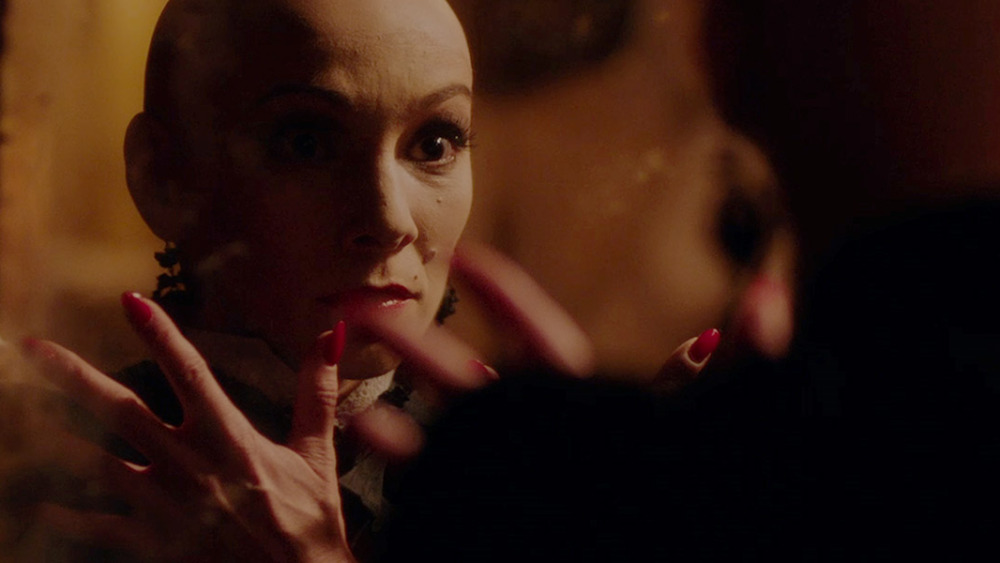
Easily the most batshit crazy choice on this list, this ulta-stylish deference to Euro-horror from sly English writer-director Peter Strickland is his most outlandish, over-the-top, and bonkers-brilliant coup de cinema yet. In Fabric ostensibly tells the tale of a cursed killer dress and the ill-starred humans in helpless orbit around it.
When overlooked and underappreciated single mom Sheila (Marianne Jean-Baptiste) braves the bustling winter sales season at a literally hellish department store, an eccentric and rather spectral saleswoman Miss Luckmoore (Fatma Mohamed) entices her into purchasing a voodooed garment. Unsuspecting, Sheila’s fate is sealed, and she won’t be the first, nor the last, to fall under the dress’s strange and savage spell.
As a meticulous madness descends, so does Strickland’s uncanny knack for displaying tactile pleasures, visual responses, and barbed perceptions of consumerism and the occult.
Tim Gane’s score perfectly suits the fetishistic adulations to the psychedelic sex-horror and near-maudlin melodrama of Jesús Franco and Jean Rollin. And there’s enough blood-curdling shrills to conjure Dario Argento and David Lynch to the table, but Strickland’s bizarro mashup of flagrant psychedelia, giallo, midnight movies, and softcore erotica still makes him an absolute original.
Strickland’s definitely an acquired taste, but for cineastes in search of surreal horror assembled with slavishly detailed fizz, deep fascination, and a sense of obscuro adventure, you won’t find a finer, freakier, meticulously embroidered nightmare anywhere else.
13. Raw (2016)
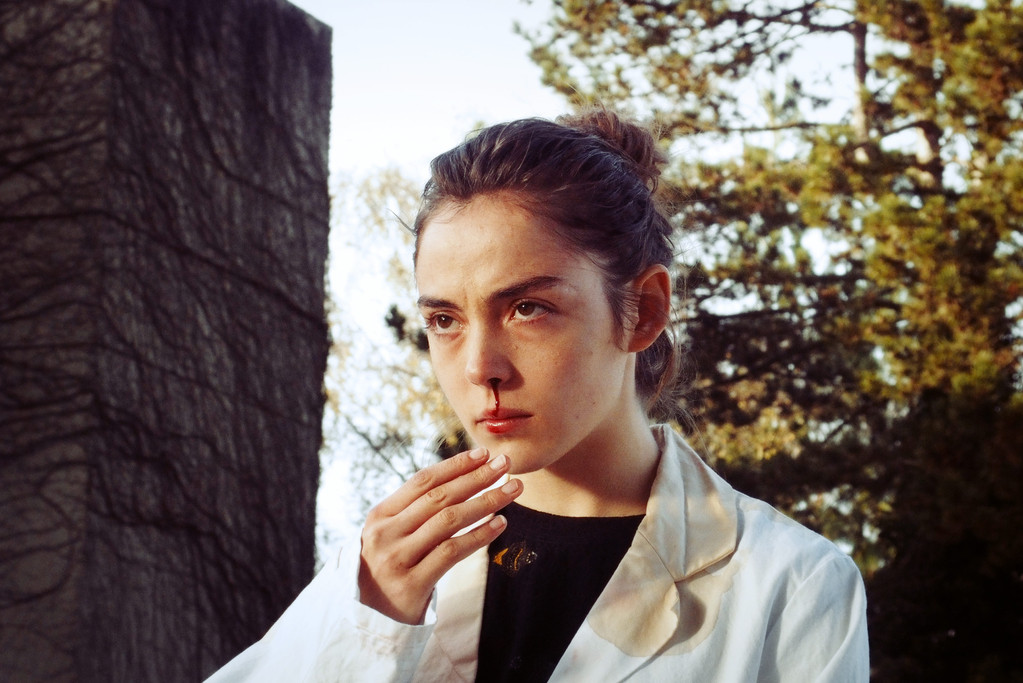
Writer-director Julia Ducournau’s first feature film Raw is a near-flawless, wholly competent, and never less than riveting genre detour of taboo-smashing originality. Body-horror hasn’t been this elegantly engaging and upsetting since David Cronenberg’s heyday, and Ducourno’s symbolically lavish, freakishly erotic, female-perspective is a warm embrace.
Justine (Garance Marillier, superb) is a strict vegetarian who has joined her older sister Alexia (Ella Rumpf) at a prestigious veterinary school. The elegant and somewhat unconventional presentation of the campus setting combined female leads, odd inexplicable occurrence and Brit composer Jim Williams’ at times overwhelming score, suggests a pedigree similar to the Dario Argento classic Suspiria, which to my mind merely suggests that Ducournau is motivated by the genre’s very best.
Desperate to fit in amongst her peers and to appease her parents, Justine finds herself betraying her beliefs to participate in a hazing ritual involving eating raw meat, but the unforeseen consequences as Justine’s true, cannibalistic self emerges is some off-the-rails nightmare material.
Immersive, unrelenting, and impossible to predict, Raw is, despite its thunderous rain of blood, a seductively expressive and involving story of adolescence and anxiety proving that the horror/coming-of-age combo can be both carnal, compelling utterly unforgettable.
12. Mandy (2018)
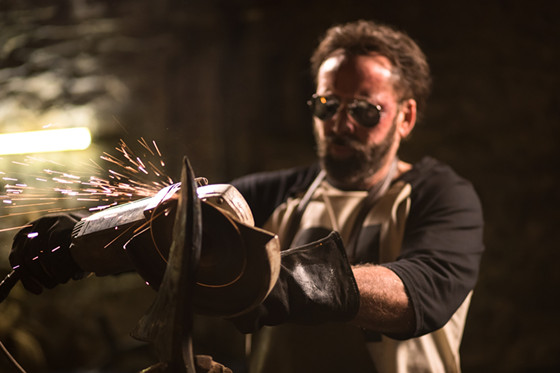
Panos Cosmatos follows up his Cronenberg-inflected 2010 sci-fi thriller Beyond the Black Rainbow with Mandy, a deeply personal film entwined in the most hallucinatory, messed up, heavy-metal-meets-80s-movie-mashup packaging imaginable. And when we say 80s movies, we’re talking Blue Velvet, Evil Dead 2, and Hellraiser here.
Set in 1983 somewhere in the Pacific Northwest near the Shadow Mountains, Red Miller (an absolutely insane Nic Cage) and his fantasy-obsessed artist girlfriend Mandy Bloom (Andrea Riseborough, brilliant) eke out a peaceful existence. But their idyll is short lived in this ultra-violent fantasy of revenge and bloodlust.
Conventional definitions of good and bad go by the wayside, but it feels like Cosmatos has made exactly the kind of uncompromising, obsessive, stoner prayer to the church of psycho cinema he’s always dreamed of.
Cage is gloriously off the chain, inhabiting a blood-speckled world of alien sunsets, King Crimson forests, Christ-dreading demon bikers, drug-crazed freaks, psychedelic insects, and Cheddar Goblins. Bolstered by a haunting Jóhann Jóhannsson score, stunning visuals (including some astounding animated dream sequences), Mandy is an extreme genre journey that beautifully weds grindhouse and arthouse in startling and stunning ways.
11. Under the Skin (2013)
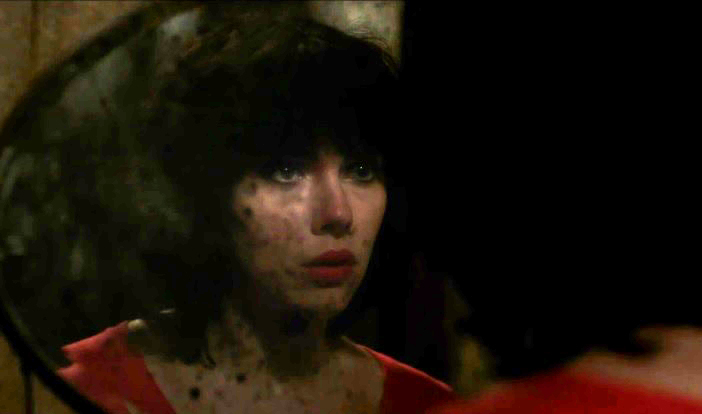
A deeply thoughtful and profoundly shocking exploration of civilization and humanity, Jonathan Glazer spent nearly a decade on this dark hearted epic, Under the Skin. Comparisons to Stanley Kubrick and Andrei Tarkovsky are appropriate and easily supported, as are the carefully constructed visual sensibilities and quasi-documentary leanings of Claire Denis and Lynne Ramsay. Loosely using Dutch author Michel Faber’s satirical 2000 sci-fi novel “Under the Skin” as the alpha of this deep, metaphysical and mercurial treatise on humanity, Glazer has surpassed expectations.
Scarlett Johansson is outstanding, shining in a controlled and calculating process as she moves from childlike cherub to rouge-lipped iconoclast, all while saying very little. Seducing working-class blokes at random, she lures them into her alien lair with terrifying and deeply troubling results. Her motives remain unclear in what amounts to an unaffected nightmare.
Mica Levi’s score adds heft to Glazer’s artfully arranged visual compositions, culminating in a third act extravaganza of upset and intrigue.
An elaborate subterfuge of a film, ethereal and arty, Under the Skin is an unnerving, unpredictable, and sense-rattling experience that will alternately haunt and reward the patient viewer for days afterwards. Under the Skin does just what its provocative title promises, make no mistake. It’s also something of a masterpiece.
10. The Cabin in the Woods (2011)
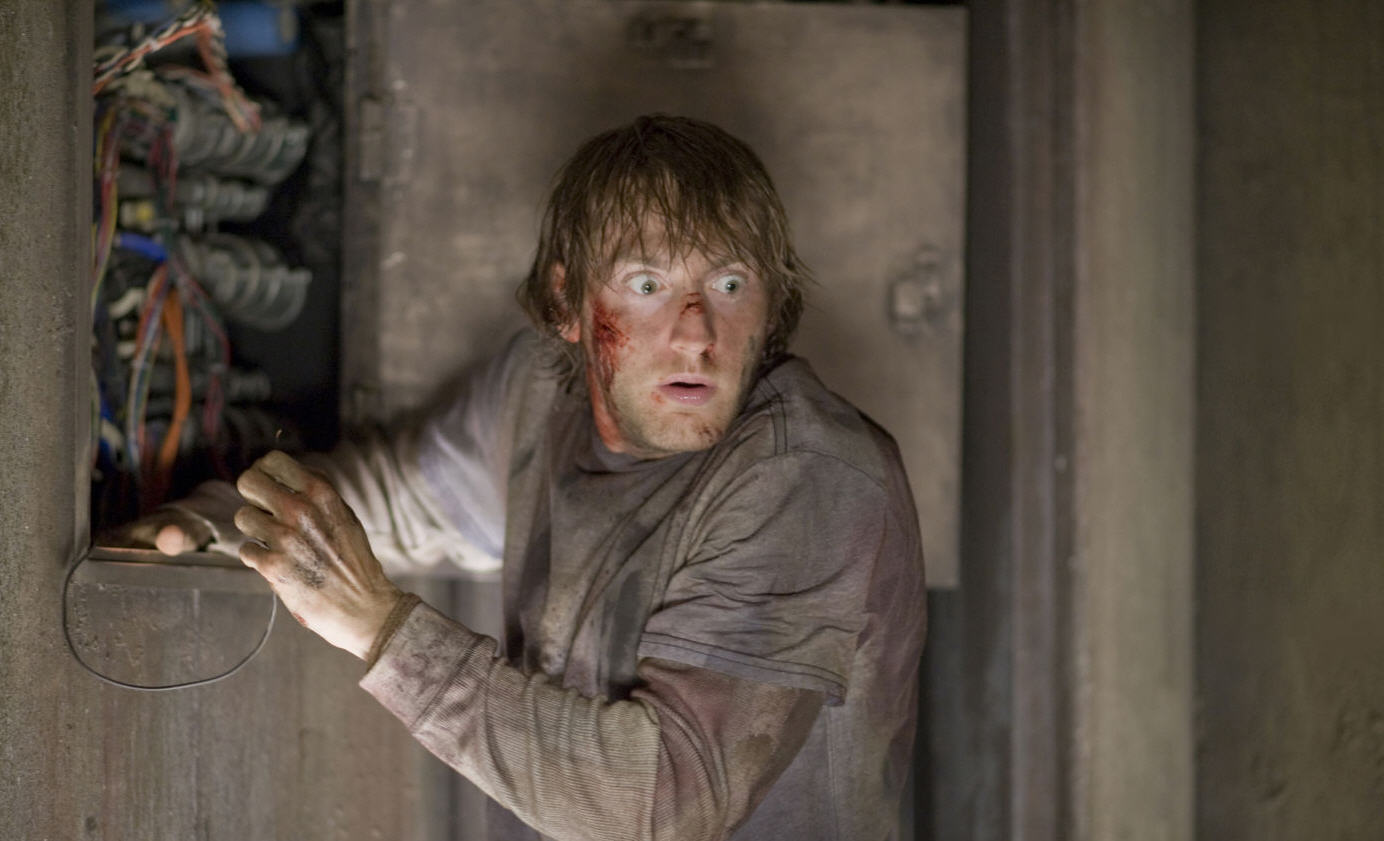
This whip smart horror comedy from scribes Drew Goddard (als0 his directorial debut) and Joss Whedon features one of the most fiendishly unexpected plot turns in recent cinema in what I’ve frequently described to the uninitiated as “the Matrix meets the Monster Squad.” And therein lies much of the film’s appeal
After a brief preamble that seems to be from an altogether different movie –– something about two middle-management types (Richard Jenkins and Bradley Whitford) in a secluded, science-y facility, whose mundane shoptalk seem to hold no bearing on the fright flick we’ve signed up for –– the proper film kicks in with an overly familiar and predictable horror setup; a group of five good-looking college chums on a weekend vacay to an isolated rural retreat, the titular cabin deep in the woods.
Amidst shades of Sam Raimi’s Evil Dead films and Tobe Hooper’s Texas Chain Saw Massacre and some stoner Scooby Doo antics soon things take a decidedly dark twist. No spoilers here, but let’s just say The Cabin in the Woods takes a grisly and blood-flecked inquiry into ideas of sacrifice and ceremony, while making the audience implicit of its own enjoyment of onscreen depictions of exploitation and bloodshed.
For all the film’s mocking references to other fright flicks, this is one that works well in entirely effective and very visceral terms; both a winking genre analysis and its own nightmare-fuelled frenzy.
9. The Witch (2016)
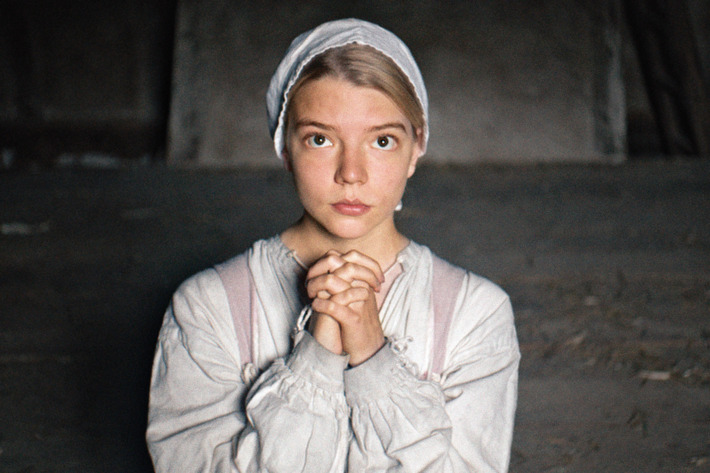
With perfect period detail and unsettling slow-burning aplomb, writer/director Robert Eggers’ directorial debut The Witch is in the chilling tradition of William Friedkin’s The Exorcist (1973) as fearsome religiosity mingles with stiff-necked puritanical fear.
Eggers carefully constructs this tale of folk terror in 17th Century New England where we are introduced to young Thomasin (Anya Taylor-Joy), who lives with her parents and siblings in a remote farm, where their closest neighbors are Puritans who view the New Testament differently than they, and so they are essentially ostracized from their community.
When Thomasin’s baby brother goes missing the family fears he may have been abducted by a witch and then before you know it the family goat, Black Phillip, is apparently speaking some fucked up shit to Thomasin’s creepy younger twin siblings. As the slow-burning yarn skillfully unspools, the viewer is utterly immersed in a repressive, claustrophobic, and deeply chilling tale. The production design adds great depth to the story, as do the strong performances, effective and authentic Jacobean dialect, the supremely unsettling sequences with witchcraft –– and the monotheistic Christian beliefs of Thomasin’s clan aren’t any cheerier –– making for a genre experience that really is quite unique.